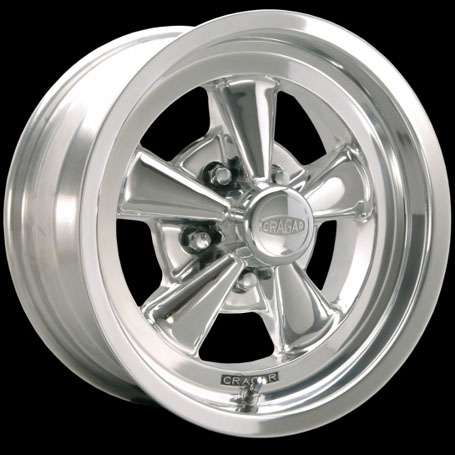Metal Polishing and Finishing service Why Polish? |
||
Polishing and buffing are finishing processes for smoothing a work piece's surface using an abrasive and a work wheel. Technically polishing refers to processes that use an abrasive that is glued to the work wheel, while buffing uses a loose abrasive applied to the work wheel. Polishing is a more aggressive process while buffing is less harsh, which leads to a smoother, brighter finish. A common misconception is that a polished surface has a mirror bright finish, however most mirror bright finishes are actually buffed. Polishing is often used to enhance the looks of an item, prevent contamination, remove oxidation, create a reflective surface, or prevent corrosion. In metallurgy, polishing is used to create a flat, defect-free surface. Polishing is usually a multistage process. The first stage starts with a rough abrasive and each subsequent stage uses a finer abrasive until the desired finish is achieved. The rough pass removes surface defects like pits, nicks, lines and scratches. The finer abrasives leave very thin lines that are not visible to the naked eye Under The Microscope |
 When buffing there are two types of buffing motions: the cut motion and the color motion. The cut motion is designed to give a uniform, smooth, semi-bright surface finish. The color motion gives a clean, bright, shiny surface finish Light Defused
Light Reflected |
|